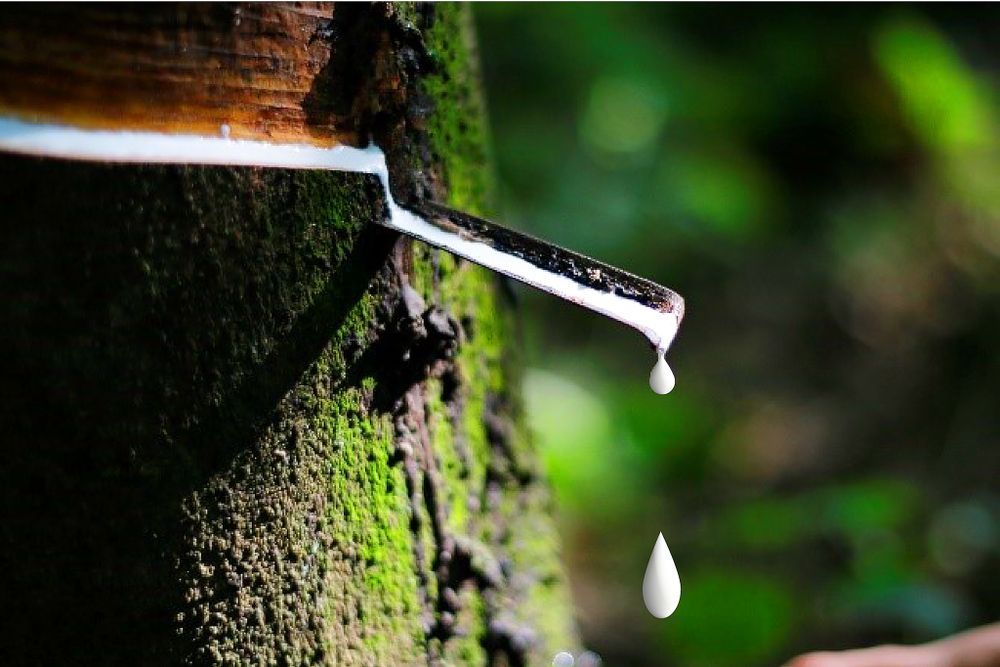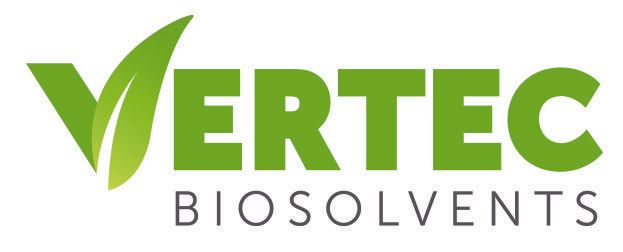Guide to Sustainable Environmentally Friendly Adhesives
August 19, 2025
What are Sustainable Adhesives?
Sustainable adhesives, also known as eco-friendly or environmentally friendly adhesives, are bonding agents designed to lower environmental impact without sacrificing performance. They can be made from renewable resources like plant oils or starches, or developed using cleaner production methods that reduce hazardous emissions.
Instead of relying heavily on
petroleum-based chemicals, these adhesives focus on safer ingredients and end-of-life options such as biodegradability, recyclability, or repulpability.
Industries including packaging, construction, automotive, and electronics rely on them for strong bonds that also meet environmental priorities.
Types of Sustainable Adhesives
Sustainable adhesives come in several categories, each using a different approach to improve environmental performance. Some rely on renewable, plant-based ingredients. Others are designed for easier recycling, composting, or safer handling. Below are key types and how they fit into modern manufacturing needs.
Bio-Based Adhesives
Bio-based adhesives, or plant-based adhesives, use renewable resources such as corn, soybeans, or natural rubber to replace petroleum-derived components. They appear in applications ranging from packaging and wood composites to paper products and sustainable adhesive resin for composite manufacturing.
Vertec BioSolvents supports these adhesives by supplying bio-derived solvents that lower VOC emissions while maintaining performance in
resin processing.

Water-Based Adhesives
Water-based adhesives use water as the main carrier, reducing VOC emissions and improving worker safety. Common applications include paper converting, packaging, woodworking, and textiles. They bond quickly as the water evaporates, but may lose performance in high humidity or prolonged moisture exposure.
Biodegradable Adhesives
Biodegradable adhesives are formulated to break down into natural elements through microbial activity in suitable environments. Often made from starch or plant-derived resins, they are used in packaging, disposable items, and some construction products. Matching the adhesive lifespan to the product’s intended use is important to balance durability and environmental benefits.
Compostable Adhesives
Compostable adhesives are made to break down into nutrient-rich material in industrial composting systems. They must meet strict standards to leave no harmful residue, which sets them apart from general biodegradable adhesives.
Common uses include food packaging and agricultural products intended for compost facilities. While they carry strong sustainability credentials, they may not perform well in high-moisture or extended-use settings.
Repulpable Adhesives
Repulpable adhesives dissolve in water during the paper recycling process, allowing fibers to be recovered without contamination. They are a frequent choice for labels, envelopes, and other paper-based products that enter recycling streams. Their composition supports higher-quality recycled pulp and reduces the need for waste separation.
Recyclable Adhesives
Recyclable adhesives are designed to be compatible with the recycling process of the materials they bond. They maintain strong adhesion during use but can be removed or processed without harming the base material. These are common in packaging, plastics, and electronics, where material recovery is a priority.
Solventless Adhesives
Solventless adhesives contain little to no liquid carrier, eliminating VOC emissions during application. They may be applied as hot melts, reactive systems, or UV-cured formulas. These adhesives are valued for strong bonds, fast curing, and reduced environmental impact, making them common in electronics, packaging, and automotive assembly.
Applications of Sustainable Adhesives
Sustainable adhesives are found in packaging lines, construction sites, automotive assembly plants, and electronics manufacturing. In each setting, their value comes from delivering durable bonds while contributing to environmental performance goals.
Packaging
Sustainable adhesives are widely used in corrugated boxes, cartons, labels, and flexible packaging. They can be formulated to allow recycling, composting, or safe disposal without affecting seal strength or shelf life. In food and beverage applications, they also help meet regulations on VOC levels and chemical safety.
Construction
In construction, sustainable adhesives bond flooring, panels, insulation, and other building materials. Formulations with low VOC content improve indoor air quality, while options using renewable or biodegradable components contribute to green building certifications. Some adhesives, including sustainable adhesive resin for composite panels, offer structural strength along with environmental benefits.

Disposable Hygiene Products
Adhesives in disposable hygiene items such as diapers, sanitary products, and medical dressings must be safe for skin contact and maintain integrity during use. Sustainable versions often use bio-based or compostable components, helping reduce landfill impact once the product is discarded. Consistent tack and flexibility are key performance factors in this category.
Paper Products
Paper products like books, envelopes, labels, and specialty packaging often rely on repulpable and recyclable adhesives. These options allow fibers to be recovered without contamination during recycling and must bond securely yet release cleanly during the repulping process to maintain paper quality.
Automotive
Automotive manufacturing uses adhesives for interior trim, upholstery, weatherstripping, and structural bonding. Sustainable options can reduce VOC emissions in production and incorporate bio-based or recyclable components. These adhesives must meet strict durability standards to withstand vibration, temperature shifts, and moisture over a vehicle’s lifespan.
Electronics
In
electronics, adhesives secure components, provide insulation, and protect against moisture or dust. Sustainable formulations may replace hazardous solvents, reduce VOC emissions, or use recyclable chemistries that allow recovery of valuable materials during device recycling. Performance requirements include precise application, thermal stability, and long-term adhesion.
Benefits
Choosing sustainable adhesives can help manufacturers meet environmental goals while maintaining the bond strength, durability, and efficiency required in modern production. They also offer advantages in regulatory compliance, cost management, product performance, and workplace safety.
Reduced Environmental Impact
Sustainable adhesives often contain renewable ingredients, generate fewer VOC emissions, or break down more easily after disposal. These qualities help lower greenhouse gas contributions, reduce landfill waste, and conserve non-renewable resources over the product’s life cycle.
Compliance with Regulations
Formulations are designed to align with regulations on VOC emissions, hazardous substances, and product disposal. This helps manufacturers avoid penalties and maintain access to markets with strict environmental requirements.
Cost-Effectiveness
While some sustainable adhesives have higher initial material costs, they can reduce expenses in other areas. Lower VOC emissions may decrease ventilation needs, recyclable adhesives can cut disposal fees, and bio-based inputs may offer more stable pricing than petroleum-based alternatives.
Enhanced Product Performance
Advances in formulation allow sustainable adhesives to match or exceed the strength, flexibility, and durability of traditional products. Some also offer better resistance to heat, moisture, or chemicals for demanding applications.
Health and Safety Advantages
Low VOC content, reduced toxicity, and the absence of hazardous solvents can improve air quality in production areas and reduce the risk of skin or respiratory irritation for workers.
Choosing the Right Sustainable Adhesive for Your Needs
Selecting an adhesive involves weighing bond strength, cure time, application method, and environmental performance. Substrate type, operating conditions, and disposal requirements also influence the choice. Testing adhesives under real production conditions helps confirm that the product meets both performance and sustainability goals.
Vertec BioSolvents’ Role in Sustainable Adhesive Formulations
Vertec BioSolvents supplies bio-based solvents that replace petroleum-based options in resin processing, cleaning, and equipment maintenance. These solutions help reduce VOC emissions and are compatible with resin systems used in bio-based, biodegradable, recyclable adhesives, and even sustainable adhesive resin for composite materials.
Contact Vertec BioSolvents today to explore bio-based solvent
solutions that can strengthen adhesive performance, reduce VOC emissions, and help you meet your sustainability targets.


